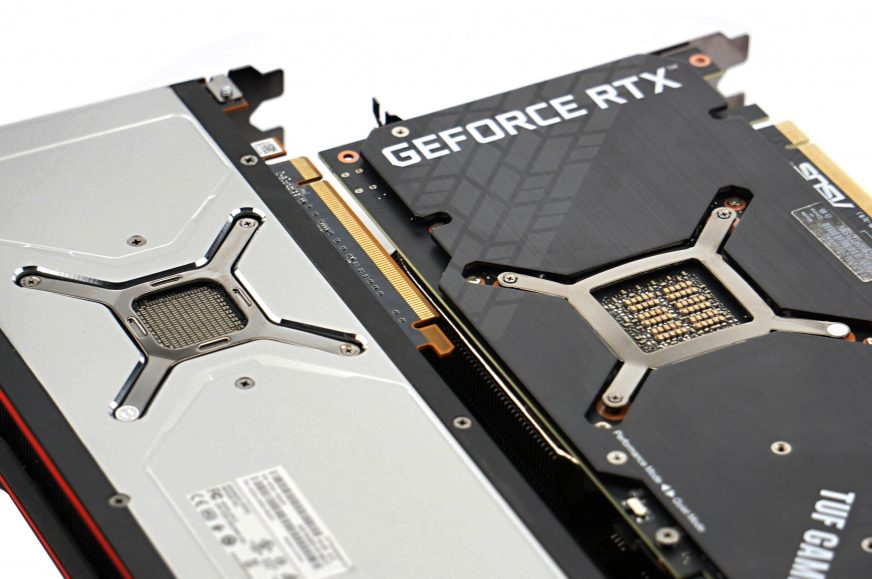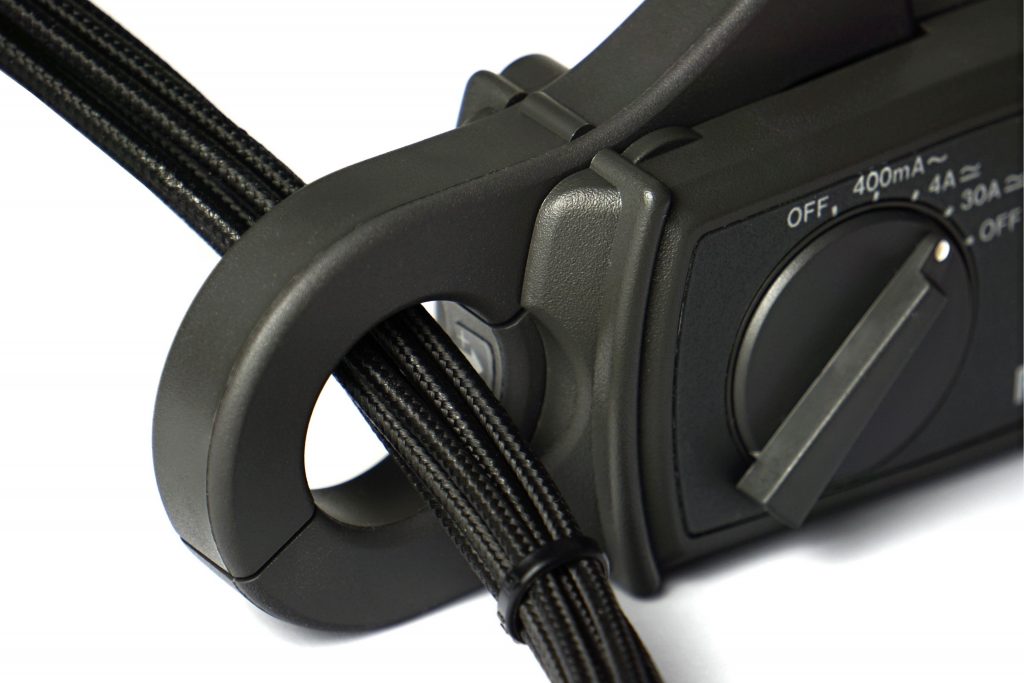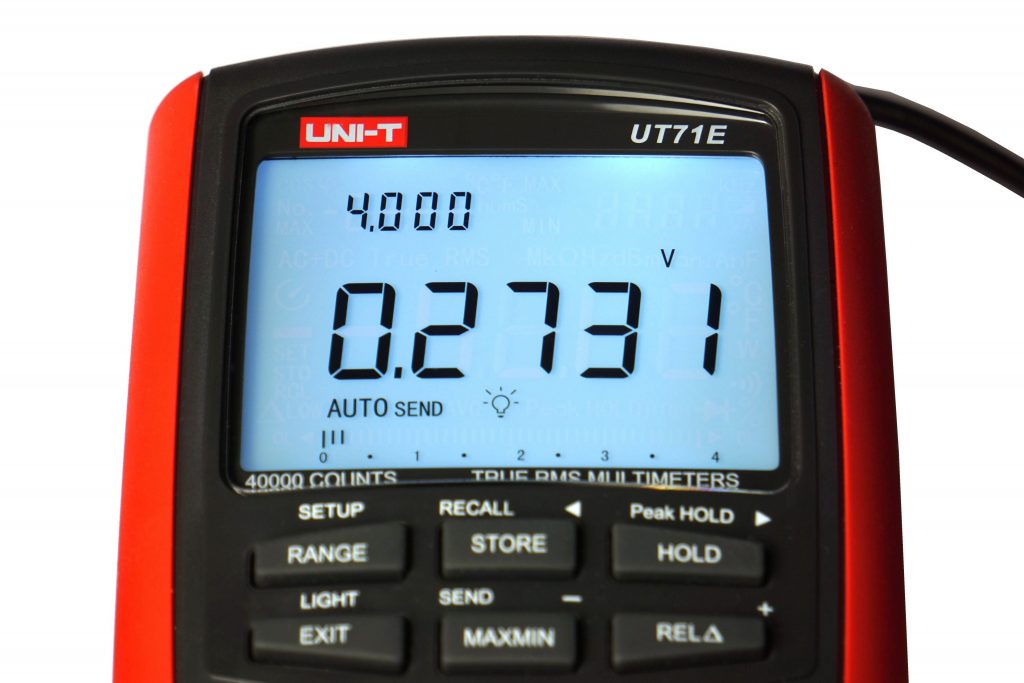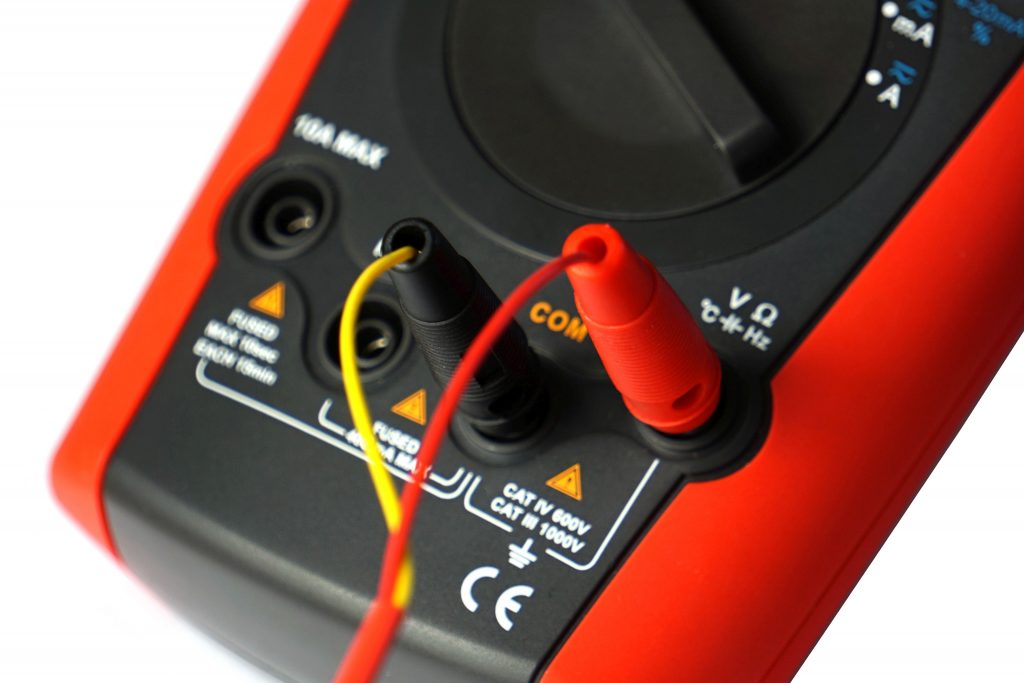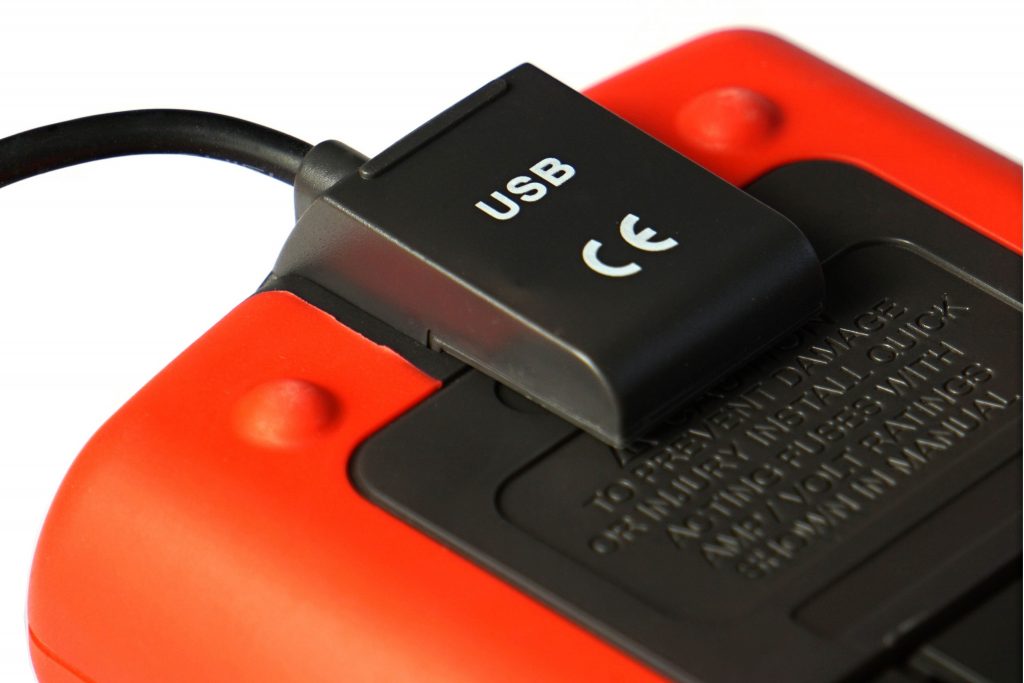Methodology: how we measure power draw
Without application/computational tests, graphics card tests would be incomplete. Therefore, we will focus on this area outside of gaming that most hardware magazines neglect. We understand the reasons, there are several of them, but even so, it is possible with a little effort to make at least a few measurements. So hopefully they will also help multimedia creators in choosing the right graphics card.
Methodology: how we measure power draw
We have been tuning the method of measuring power draw for quite a long time and we will also be tuning it for some time. But we already have gimmicks that we can work with happily.
To get the exact value of the total power draw of the graphics card, it is necessary to map the internal power draw on the PCI Express slot and the external one on the additional power supply. For the analysis of the PCIe slot, it was necessary to construct an in-between card on which the power draw measurement takes place. Its basis is resistors calibrated to the exact value (0.1 Ω) and according to the amount of their voltage drop we can calculate the current. We then substitute it into the formula for the corresponding value of the output voltage ~ 12 V and ~ 3.3 V. The voltage drop is so low that it doesn’t make the VRM of the graphics card unstable and the output is still more than 12/3.3 V.
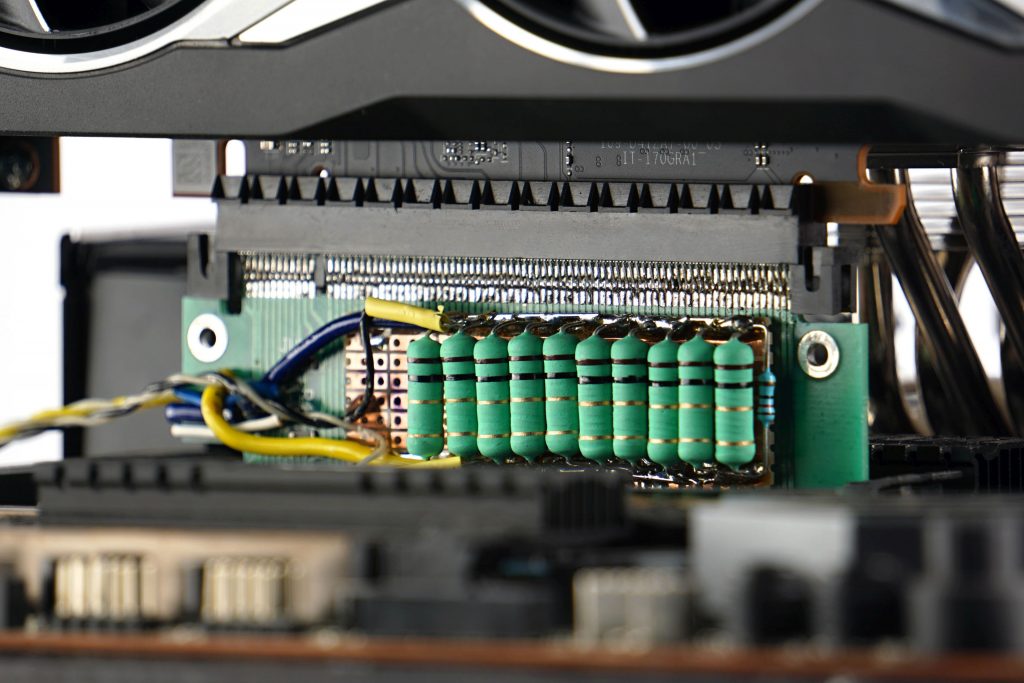
We are also working on a similar device for external power supply. However, significantly higher currents are achieved there, longer cabling and more passages between connectors are necessary, which means that the voltage drop will have to be read on an even smaller resistance of 0.01 Ω, the current state (with 0.1 Ω) is unstable for now. Until we fine-tune it, we will use Prova 15 current clamp for cable measurements, which also measures with good accuracy, they just have a range of up to 30 A. But that is also enough for the OC version of the RTX 3090 Gaming X Trio. If a card is over the range, it is always possible to split the consumption measurement (first into one half and then into the other half of the 12 V conductors).
And why bother with such devices at all when Nvidia has a PCAT power draw analyzer? For complete control over the measurements. While our devices are transparent, the Nvidia’s tool uses the processor that can (but of course does not have to) affect the measurements. After testing the AMD graphics card on the Nvidia’s tool, we probably wouldn’t sleep well.
To read and record measurements, we use a properly calibrated multimeter UNI-T UT71E, which exports samples to XLS. From it we obtain the average value and by substituting into the formula with the exact value of the subcircuit output voltages we obtain the data for the graphs.
We will analyze the line graphs with the waveforms for each part of the power supply separately. Although the 3.3 V value is usually negligible, it needs to be monitored. It is difficult to say what exactly this sub-circuit powers, but usually the consumption on it is constant and when it changes only with regard to whether a static or dynamic image is rendered. We will measure the consumption in this article during xxx rendering, decoding 4K@60 fps video with a bit rate of 60 Mb in online format VP9 (Google Chrome) and HEVC (VLC) and idle mode with two 4K@60 Hz monitors. And finally at 3.3 V sub-circuit even when the computer is hibernated. You measure the same power draw here as when the computer is turned off, but the motherboard remains powered by the power supply.
- Contents
- Methodology: performance tests
- Methodology: how we measure power draw
- Methodology: noise and sound measurement
- Methodology: heat tests
- Test rig
- ComputeBench (OpenCL)
- ComputeBench (CUDA)
- SPECviewperf 2020 and SPECworkstation 3
- FLOPS, IOPS and memory speed tests
- 3D rendering 1/2 (LuxMark and Blender@Cycles)
- 3D rendering 2/2 (Blender@Radeon ProRender a Eevee)
- Photo editing
- Broadcasting
- Password cracking
- GPU clock speed
- GPU and VRAM heating
- Net graphics power draw
- Analysis of 12 V subcircuit power supply
- Analysis of 3.3 V subcircuit power supply
- Noise level
- Frequency response of sound
- Conclusion





